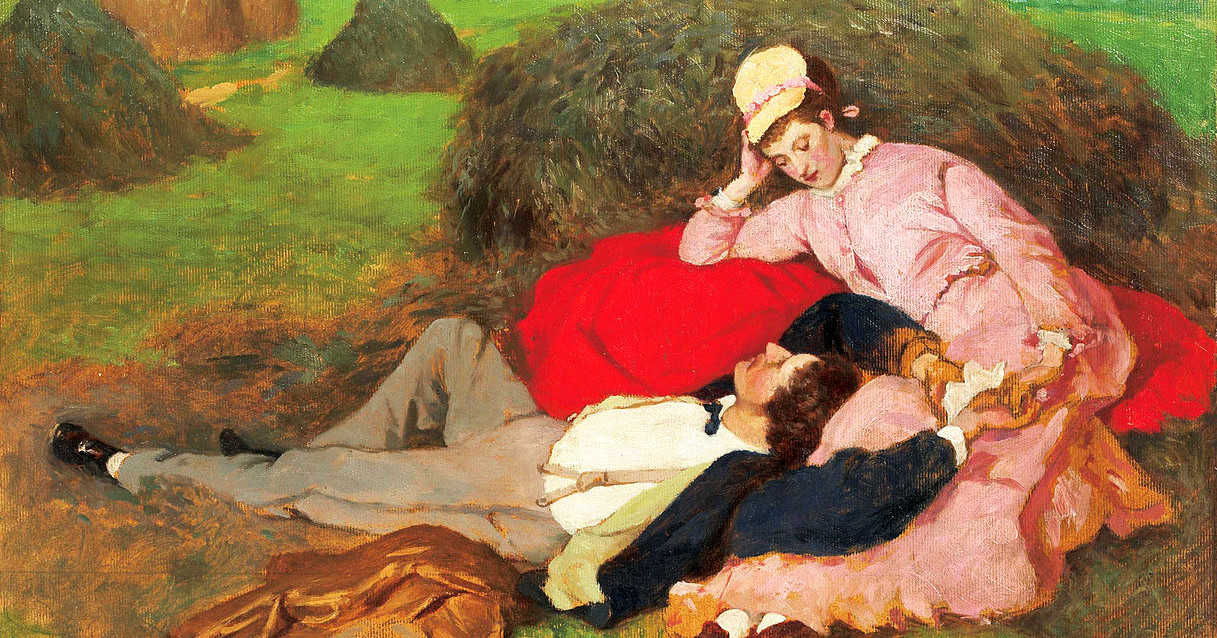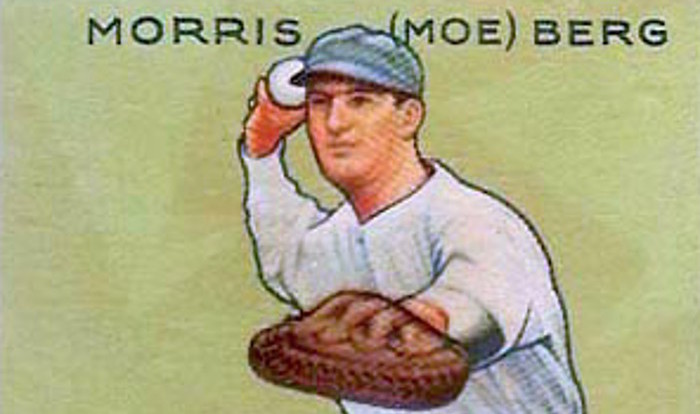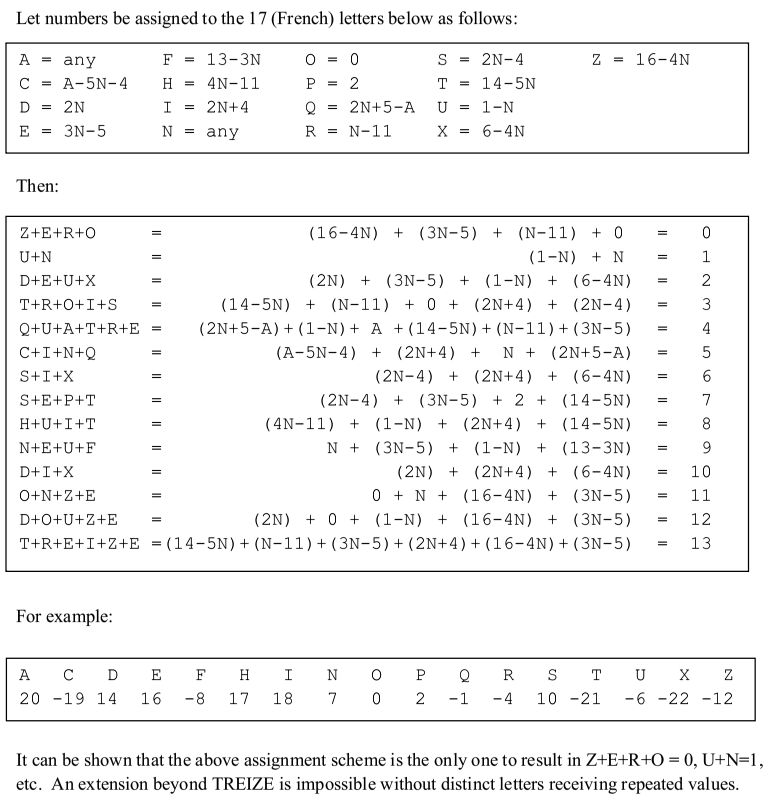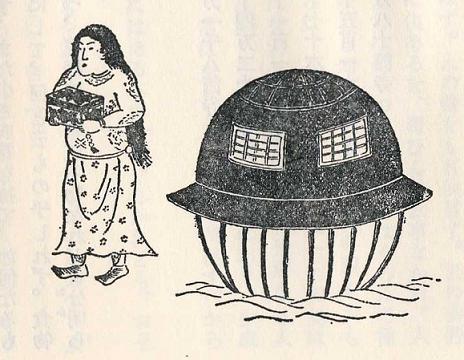
If I love you because you’re smart, kind, and funny, why don’t I love others who are equally smart, kind, and funny? And why does my love persist if you lose these qualities?
On the other hand, if I don’t love you because of the properties you hold, then why do I love you? I feel anger, grief, and sadness for reasons — do I feel romantic love for no reason?
It is true that I meet attractive people and fail to fall in love with them. So perhaps people don’t fall in love based on reasons. But if they do it for no reason, then it seems I might fall in or out of love with anyone, or everyone, at any time.
It seems reasonable to want to be loved for who I am, for properties I hold. But this doesn’t seem to be how it works: It’s not my properties that compel you to love me and not another. So what is it?
(Raja Halwani, Philosophy of Love, Sex, and Marriage: An Introduction, 2018.)







